The all-new 2015 Porsche 918 Spyder is proof positive that one can have an out-of-body experience in a car. This limited-edition $849,000 supercar is not only a technological tour-de-force, but also the baddest plug-in hybrid on the planet. But what it is best at delivering are once-in-a-lifetime thrills in a car that flatters your driving skills. Someone asked me what was the most awesome car you’ve ever driven and I’d have to say the Ferrari F40 supercar. The Porsche 918 Spyder has now replaced that car, delivering even great thrills without the terror.
A supercar in all senses
The Porsche 918 Supercar has a sleek yet compact design. It doesn’t scream look at me like other cars of its ilk-the colors are understated (though the optional liquid silver paint scheme will set you back $65,000) and all the inlets are functional. But closer inspection reveals radical design cues that set the Spyder apart from cars like the Bugatti Veyron or Ferrari La Ferrari. The first are the two fuel filler doors located in the sail panel on both sides. The left is for gasoline to feed the 608 horsepower 4.6-liter V8 which redlines at 9,150 rpm. On the right is another flap that allows the car to be plugged in to recharge the lithium ion battery pack. That battery sends energy to two electric motors, a 156 horsepower unit on the rear axle that works in concert with the gas engine, and a 129 horsepower motor on the front axle, for a total of 893 horsepower when all three are combined.
Also: The Class of 2015 — New Vehicles Ready to Roll
Another unique feature of the 2015 Porsche 918 Spyder is the exhaust pipe design that exits upwards through the mesh engine cover. Originally, the concept had side pipes but in order to keep cool the battery pack, which is mounted low in the chassis behind the two passenger seats, this alternate route was selected, contributing to the spaceship look of the car. Also inspired by space age technology is the chassis and body construction, which is entirely of carbon fiber. Much of the surface exposes the material’s weave, adding to the futuristic appeal of the car.
Inside the cockpit
The 918 Spyder has a closely coupled cabin divided by a rising center console similar to that found on all the other cars in the Porsche range, from the Boxster up through the Panamera. However, unlike those button-laden architectural pieces, the Spyder’s surface has only three knobs and no buttons. When the car is off, it looks like a simple piece of black glass, but when started it comes to life and functions much like a tablet computer with touchscreen operations complemented by the redundant knobs to page through menus, select options and increase/decrease audio system sound and fan speed.
In addition, there is a secondary screen in the center of the dash providing nearly head-up display information about vehicle systems and navigation. In front of the driver are more traditional digital displays of analog gauges including a tach. The multi-function steering wheel also has switches and buttons for things like the audio system and cruise control.
Four driving modes, plus Hot Lap
Also located on the steering wheel is a small knob that selects various dynamic modes including E-Power, which allows the vehicle to operate in pure electric mode with a range of about 12 miles with 0-60 mph acceleration of 6.2 seconds and a top speed of 93 mph. There’s a hybrid mode, which allows the engine to recharge the battery and the car will shift back and forth between electric and gas power depending on load, driving conditions and battery state of charge. Sport Hybrid has the V8 running all of the time and the electric motors provide additional boost and in the case of the front electric motor, provide torque vectoring to sharpen handling response. Race mode provides a high level of performance, drawing maximum power from the electric motors while still replenishing the battery through regenerative braking. In this mode, the suspension is stiffened and the throttle and 7-speed dual clutch transmission remapped for even quicker response. Finally, in the center of the knob is a red "Hot Lap" button that turns off the recharging function to deliver maximum engine power to the rear wheels while drawing all remaining battery power for the electric motors. Porsche likens it to race car’s qualifying mode which provides the ultimate performance for just a few laps.
Fast forward
The best way to describe a drive around Laguna Seca track in the Porsche 918 Spyder is that it’s a rush. However, it starts inauspiciously as I creep out of the pits in silent E-Mode after putting the car in Drive with a switch that is not unlike the one found in a Toyota Prius (it’s basically a small dash-mounted lever to engage Park, Neutral or Drive). Once out on the track and following Hurley Haywood, who’s driving a 550-horsepower 2014 Porsche 911 Turbo S, I turn the knob to Sport and take off in pursuit. Two things become quickly apparent, this car is really easy to drive fast and secondly, because of that speed, corners come up much quicker than you’d expect, but thankfully the carbon ceramic brakes do yeoman’s work in hauling the Spyder down from speed, while the EV front axle gives the car tremendous turn in ability. The 918 corners flat and feels like an automatic shifter cart on super steroids. It’s odd to be following a Turbo S and see body movement from the perspective of a nearly flat platform.
Also: The 40 MPG Cars of 2014
It’s on the straights where the 918 is a true rush, it vaporizes the closing distance between it and the lead car thanks to the huge advantage in available power and the ability to put it down efficiently through all four wheels. As silent as the car was leaving the pits in E-Mode, now it shrieks like a race car near its 9,150 redline and the 7-speed gearbox delivers shifts with alacrity. All too soon, our two precious laps are over and I haven’t event had the chance to flip it over in race mode or punch the Hot Lap button (I doubt they would have let me pass Haywood anyway).
With its advanced technology, mind-bending performance and a price that’s less than half a Bugatti Veyron, in the 2015 918 Spyder, Porsche has created a supercar for the ages.
More Hybrid news…
Ride along as we put the new 2014 Honda Accord Hybrid through its paces
The new 2015 Lexus NX 300h is a premium compact crossover with a hybrid heart
We travelled to Iceland to test the new 2014 Subaru XV Crosstrek Hybrid
Popular at KBB.com
10 Best Sedans Under $25,000
10 Best SUVs Under $25,000
The 40 MPG Cars of 2014
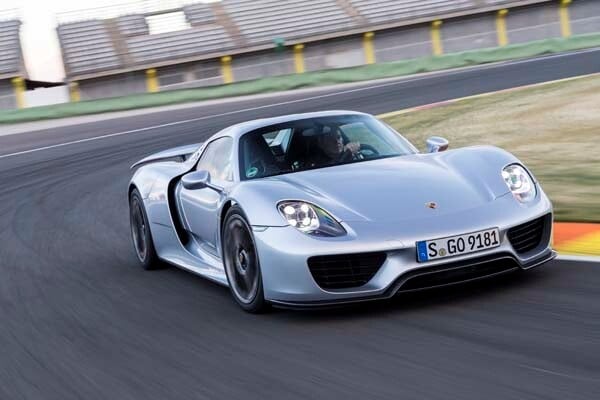
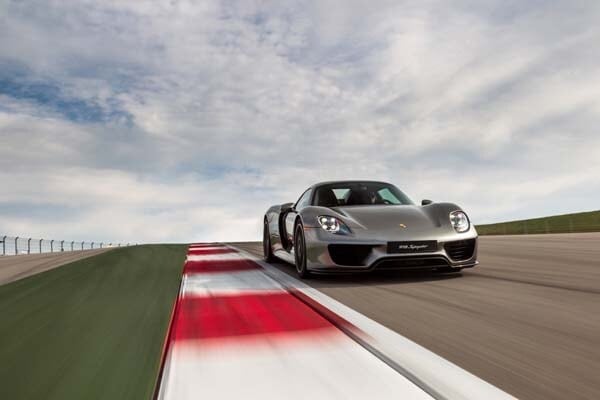
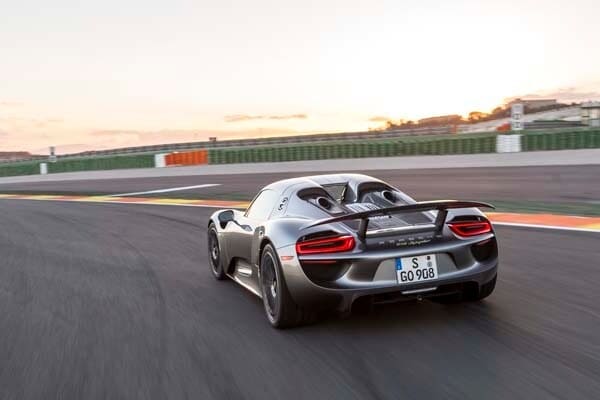
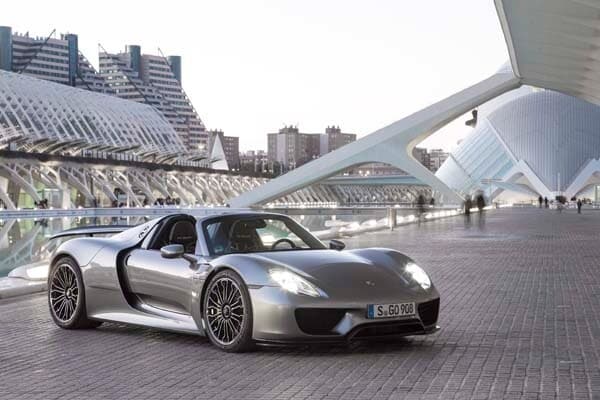
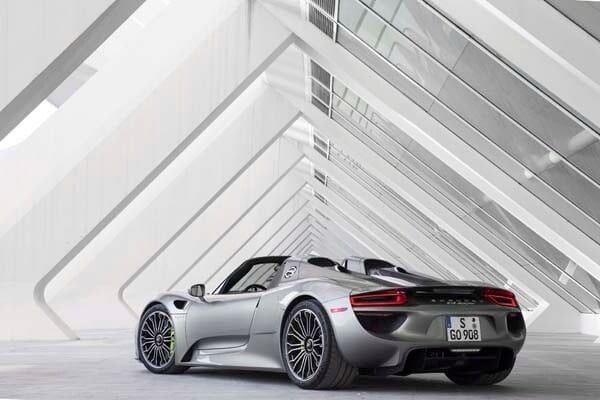
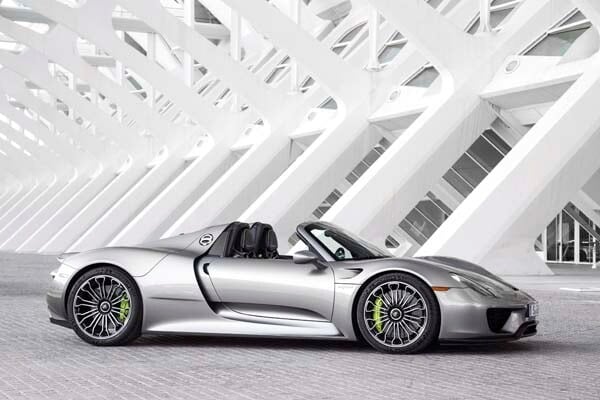
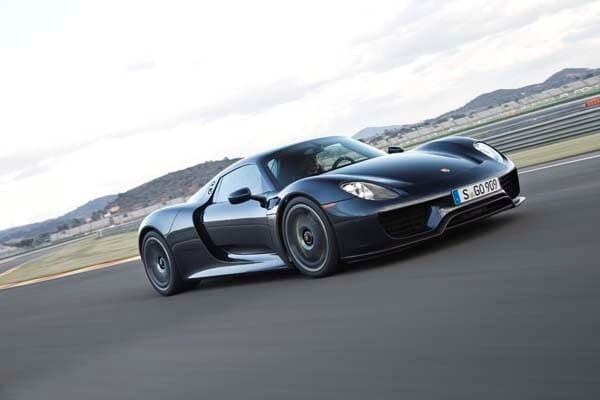
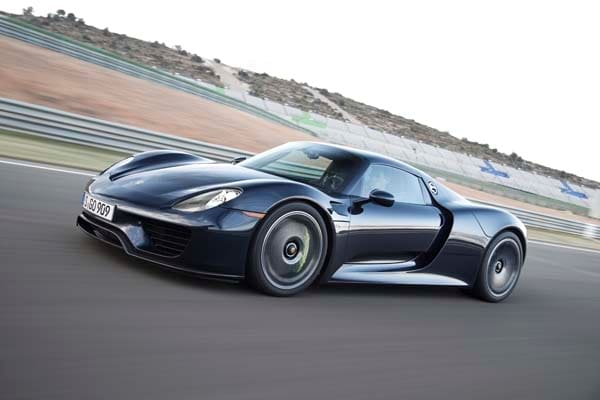
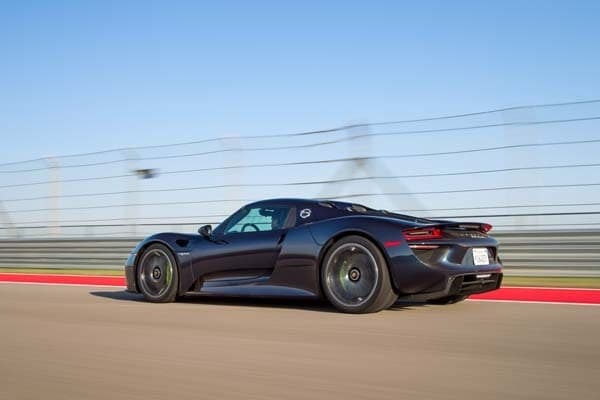

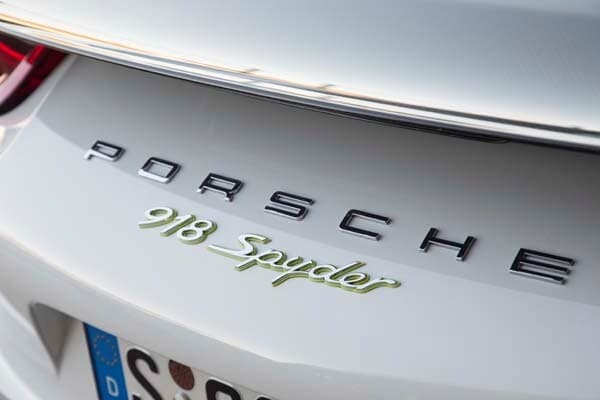
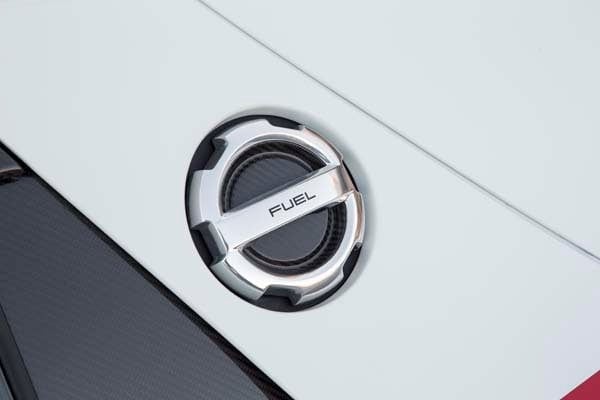
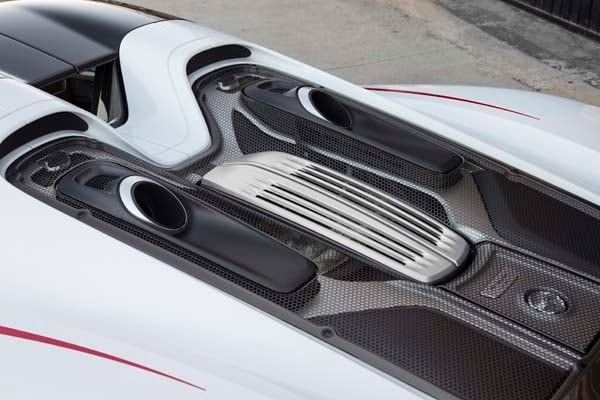
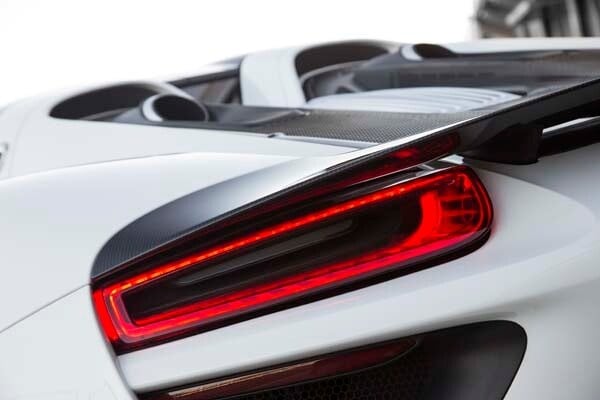
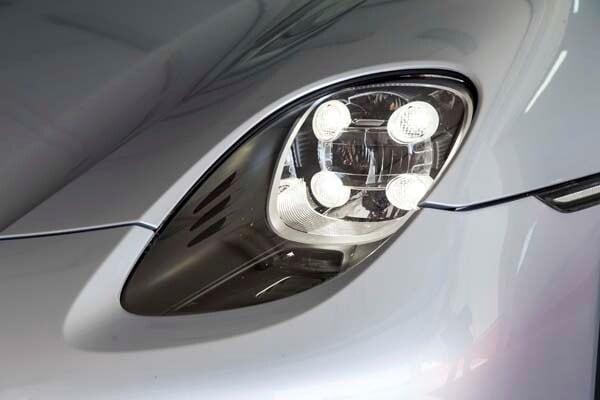

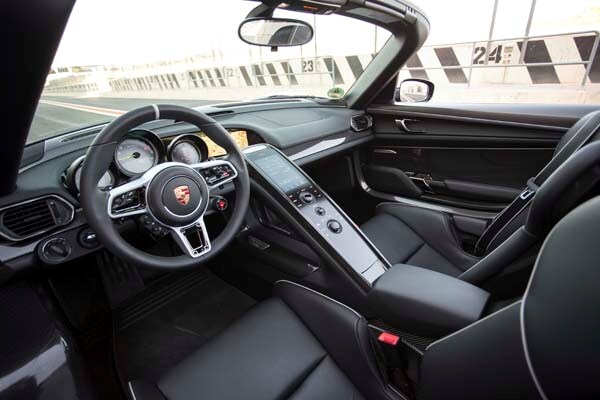
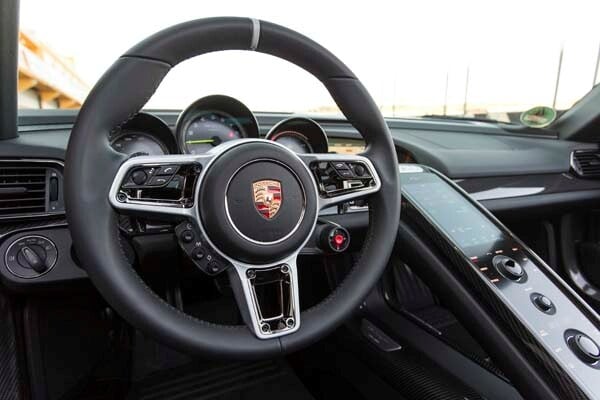
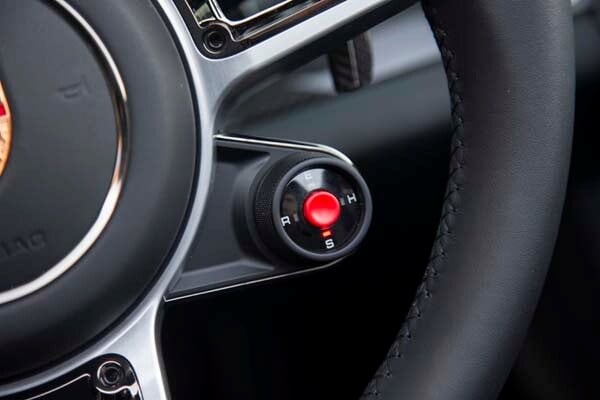
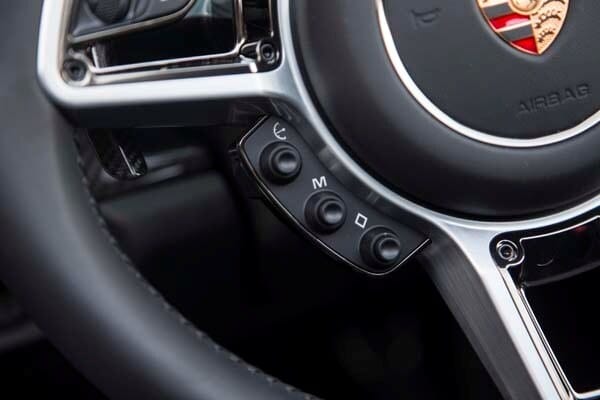
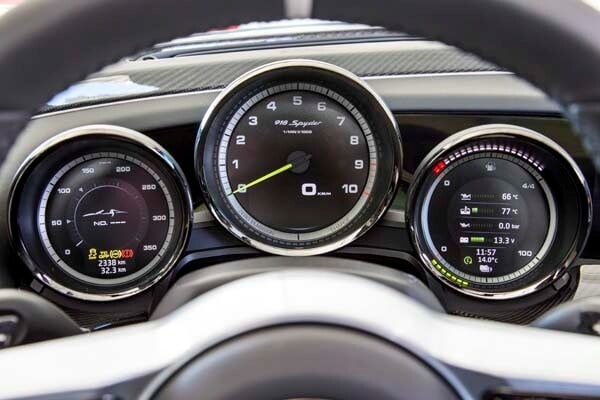
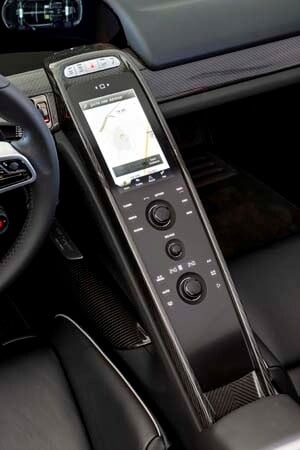
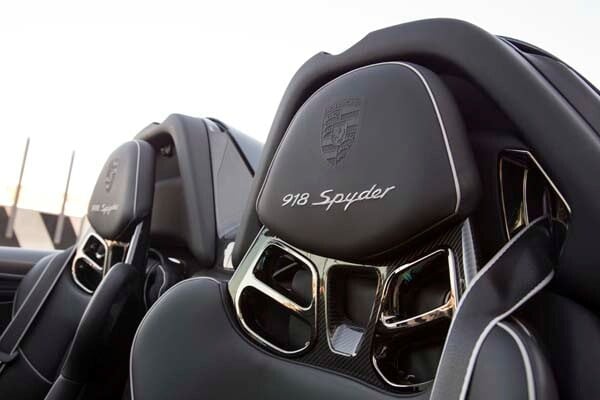

-180.jpg)








